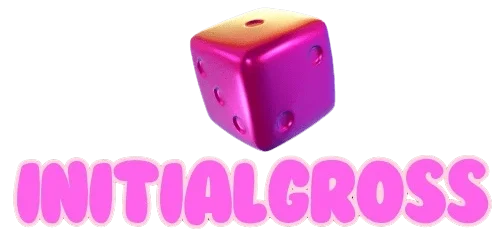A World of Play: How PlayStation and the PSP Shaped the Future of Gaming
Every gamer has that one moment — that spark — when they realize they’re part of bravompo something bigger than just a pastime. For millions, that moment came with PlayStation. Since its inception, PlayStation has been more than a console brand; it’s been a force that has redefined how stories are told and how worlds are built. The best games to ever grace its platforms have created memories that span generations, from the early days of polygon heroes to the lifelike cinematic experiences of today. In every era, PlayStation has proven one thing: gaming is art.
What makes PlayStation games so exceptional is their dedication to emotional resonance. From Uncharted 4’s heartfelt finale to The Last of Us’ haunting themes of love and survival, PlayStation has always prioritized stories that matter. It’s not just about gameplay mechanics or graphics — it’s about connection. Each title, whether an action-packed epic or a quiet exploration game, carries a sense of purpose. That’s why the best games on PlayStation feel unforgettable: they reflect human emotion through interactive storytelling, giving players not just fun, but meaning.
When Sony introduced the PSP, it extended that philosophy beyond the living room. The PlayStation Portable brought console-quality storytelling and visuals to the palms of players’ hands. Its library was filled with ambitious titles that pushed the limits of handheld technology. Games like Crisis Core: Final Fantasy VII, Daxter, and Gran Turismo PSP became staples for those who wanted depth and beauty on the go. The PSP wasn’t just another gaming device; it was a statement that high-quality gaming could exist anywhere. It’s no surprise that even years after its release, collectors and fans still praise PSP games as some of the best handheld titles ever created.
The spirit of innovation that powered the PSP lives on in modern PlayStation systems. Features like cloud gaming and remote play continue the mission that started with the portable console — to make the best games accessible anytime, anywhere. From the nostalgia of PSP classics to the breathtaking realism of PS5 exclusives, PlayStation’s story is one of constant evolution. It’s a story about connection, imagination, and the joy of play — a story that continues to grow, inspire, and redefine what gaming means to millions around the world.
